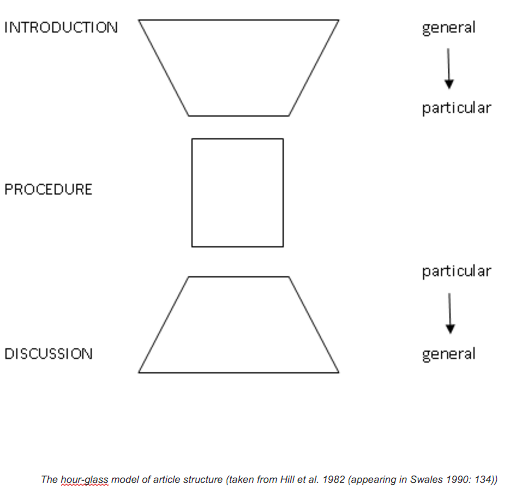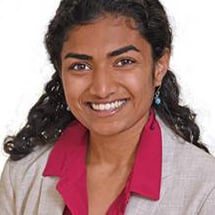For many students, the SAT essay is one of the most challenging parts of the exam. The short length of time means that you don't have the ability to develop a strong, well thought-out, complex essay. Fortunately, similar to other sections on the SAT, you can succeed by taking a methodical approach, and after some practice, this will come naturally.
Timing
Timing is the first hurdle. I generally suggest students break the 25 minutes up into 5 chunks of 5 minutes each. One of the five minute blocks should include: ~3 minutes of planning at the very beginning, and ~2 minutes of proofreading at the very end. The remaining 20 minutes can then be dedicated to the actual writing of the essay: 5 minutes per paragraph.
Essay Structure
Essay structure is the next big hurdle paragraphs, since it is manageable within the constraints of the essay, and also allows enough breadth to sustain your argument. These 4 paragraphs should be an introduction, 2 body paragraphs, and a conclusion. Think about this essay in terms of the 'hourglass' structure:

The hour-glass model of article structure (taken from Hill et al. 1982 (appearing in Swales 1990: 134))
- The introduction should start broad and narrow down to your specific thesis at the end of the paragraph (this is where the graders will look for your thesis, so it's best to keep it there).
- The body paragraphs should be your examples, and therefore pretty specific.
- The conclusion should recap the essay -- starting with a specific sentence to recap your entire essay, and becoming more broad towards the end.
Keep in mind that none of these paragraphs are going to be more than 5 sentences long! Generally, they should be somewhere between 3-5 sentences.
How to prepare with an actual prompt
Today many young people spend their time developing one special talent. But such devotion to a single special ability or skill, whether in the arts, in sports, or in any other area, may not be a good idea. While the challenge of becoming an expert is exciting and can lead to extraordinary rewards, narrowly focusing one’s efforts limits new experiences and meaningful interactions with people who have other interests.
Assignment: Should young people focus their efforts on developing just one talent? Plan and write an essay in which you develop your point of view on this issue. Support your position with reasoning and examples taken from your reading, studies, experience, or observations.
Step 1: Come up with a thesis
Keep in mind that you don't have to personally agree with your thesis, you just have to be able to use examples to support whatever you choose. Let's take this example thesis: "By choosing to develop just one talent, young people have the opportunity to excel in an area; this dedication and commitment will serve them well moving forward in many other aspects of their lives."
Step 2: Pick two specific examples
These should be directly related to your thesis and the prompt. Here, to support your thesis, you would want to pick examples of two young people who focused specifically on one talent and were extremely successful.
- Sarah Hughes, 2002 Olympic Figure Skating Gold Medal Winner
- Emma Watson, Actress
These two examples are from different areas (in this case, athletics and theater) and will make your essay appear "well-rounded." Each of these examples should be the basis for one of your body paragraphs.
I personally don’t think an outline is necessary, since your thesis and two examples will be the guide for your introduction and two body paragraphs.
Step 3: Write your body paragraphs
Start each paragraph with a sentence introducing your example, and then write about how it supports your thesis. For example:
"Sarah Hughes won the Olympic Figure Skating Gold Medal in 2002 at the age of 16, after devoting the majority of her childhood to intense skating. As shown by her win, she was able to excel in this sport, which required persistence, diligence, talent, and drive. After this tremendous success, she went onto excel in college, advocate for many philanthropic causes, and continue to pursue her skating."
Although this is a very basic paragraph, it does explain your example and emphasize the relevance with regard to your thesis.
Step 4: Finish it up!
After both of your body paragraphs, you should wrap up with a quick conclusion. This should concisely wrap up your essay.
The first sentence should be pretty specific to your thesis and examples: "Sarah Hughes and Emma Watson represent single-minded young adults who were able to achieve excellence in one field and then use that to later pursue other interests."
After that, the essay can be broadened again: "Although it may be said that their initial experiences were limited, they did not appear to suffer in the long term. Ultimately, young people who are initially focused on one area are still able to develop other interests and are not limited within their field."
Although the SAT essay can be frustrating, approaching it in a step-wise, strategic manner can make it easy to write a cohesive essay in the short 25 minute time period. Sometimes the biggest challenges can be coming up with examples; a tutor can help you create an example table that will let you have examples prepared for all sorts of essays. Practice coming up with theses for sample SAT essays, and you will be good to go.


Comments